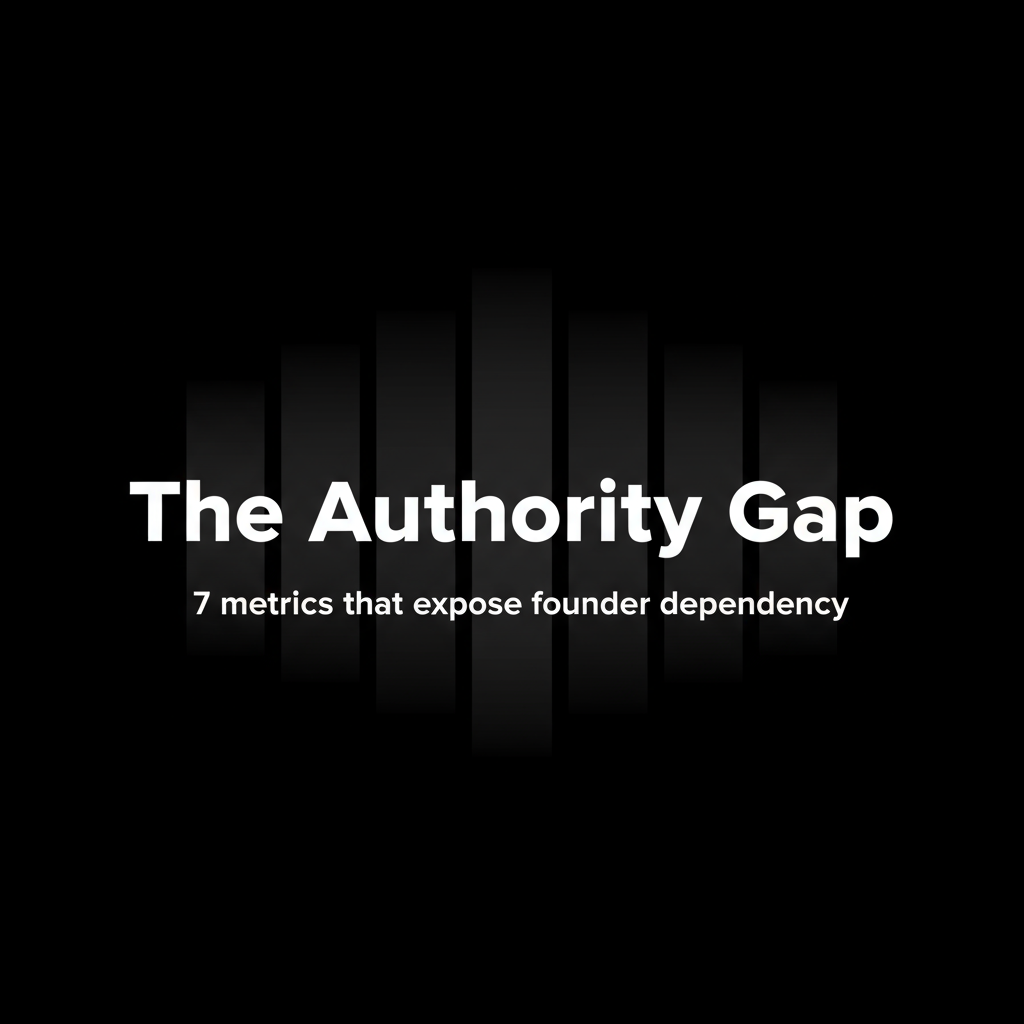How Accountability Without Authority Destroys £2m in Exit Value
Accountability granted, authority withheld. This four-word diagnosis explains why promising UK SMEs plateau at £5-15m turnover, why capable teams underperform, and why buyers systematically price founder-dependent businesses as higher risk. The mathematics are straightforward: a £10m EBITDA business commanding a 10x multiple loses £2m in enterprise value through a 20% founder dependency discount. That's the £2m problem, and it's measurable.
Following "The Chaos King's" diagnosis of founder addiction patterns, this piece provides the measurement framework for systematic recovery.
The pattern repeats: you promote someone to "own" customer success, but they still need your approval for service credits above £500. You make someone "responsible" for operations, then override their supplier decisions. You create management roles without management authority.
Approximately 30-50% of senior management time in UK SMEs disappears into seeking approvals rather than executing decisions (operational manifestation of founder dependency as shown in the Chaos King). The mathematics are brutal: with you as the bottleneck, enterprise value sits at current multiples. With the same outcomes delivered by a team with genuine authority, enterprise value increases measurably through reduced key person risk.
Key person risk now attracts systematic buyer attention. Corporate finance advisers report regular due diligence focus on management depth and decision-making independence (ICAEW, 2024). While exact discount percentages vary by sector and deal size, the principle is established: concentrated decision-making creates priced risk.
Meanwhile, fewer than one in ten UK businesses have succession planning fully integrated (Azets Barometer, 2024). These problems connect directly. Authority hoarding creates succession impossibility.
